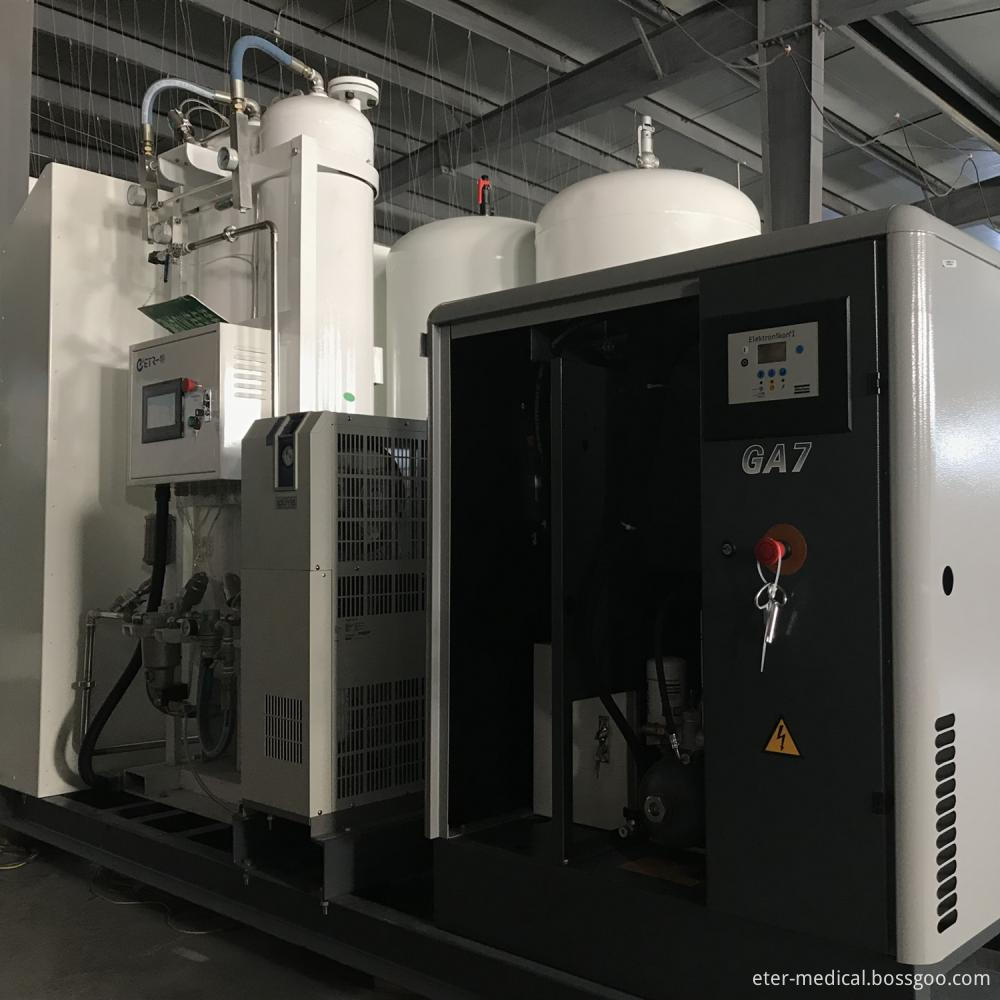Prevention and control of Peony white peony disease
Symptoms: The symptoms of various susceptible plants are roughly similar. Disease mainly occurs in the base of the seedling near the ground. At the time of the first occurrence, the patient's skin layer became brown and gradually developed towards the surroundings. White mycelial filaments were produced in the diseased part. The mycelium expanded and spread to the nearby soil surface, and later at the base of the diseased seedling. Rape-like brown sclerotia are formed on the surface or on the surface of the hypha layer. When the seedlings were affected, the stem base and the roots of the seedlings were rotted. The transport of water and nutrients to the plants was cut off. The leaves turned yellow and withered and the whole plant died.
Pathogen: Sclerotium rolfsii Sacc. (Sclerotium sclerotiorum). Trichinella spp. is a subphylum of the genus Trichophyton, a subfamily of filamentous fungi, and a sporeless species. This strain does not produce asexual spores, and rarely produces sexual spores. The hyphae are white at first, and slightly brownish afterwards, with a diameter of 3-9 microns. The hyphae in the later stages can be densely packed together to form rapeseed sclerotia.
Routes of transmission: Germs usually overwinter in mature soils, damaged weeds, or diseased plant residues. Spread through rainwater. Sclerotia can survive in the soil for 4 to 5 years. Under suitable temperature and humidity conditions, sclerotia germinate to produce hyphae and invade the plant. In the Yangtze River valley, diseases generally begin to occur in early June, and the disease is prosperous from July to August. It basically stops after September. Under the condition of 18~28°C and high humidity, it takes only 8 to 9 days from sclerotia to re-formation of S. sclerotiorum. Sclerotia takes about 9 days from formation to maturation.
The pathogenic condition of the pathogen is high temperature and humidity, and the optimal growth temperature is 30~35°C and above 40°C, the development is stopped. Soil PH5~7 is suitable for disease occurrence and rarely occurs in alkaline soil. The soil is rich in humus, with high nitrogen content, soil viscosity, and relatively acid gardens, with a high incidence rate.
Control methods
1, in order to prevent the onset of seedling stage, 70% chloronitrobenzene powder can be used to treat soil, use 250 grams per 67 square meters, add 5 kg of dry fine soil, mix evenly, and sow in the sowing or cutting trench, then Sowing or cutting.
2. At the beginning of the disease, 70% pentachloronitrobenzene powder can be applied to the soil surface in the nursery, and 250 grams per 67 square meters are also used. After application, the soil is loosened to make the powder evenly mixed in the soil; 50% can also be used. Carbendazim WP 500 to 800 times, or 50% thiophanate WP 500 times, or 1% 1% copper sulphate, or Veratryin 10 ppm, or oxidizing rust rust 25 ppm, watering the roots of the seedlings, can be controlled The spread of the disease.
3. In the spring and autumn, after the roots of the roots of the trees are aired, the soil around the main roots of the trunks will be opened to dry, which can inhibit the development of diseases. The rooting time can be carried out from the beginning of March in the early spring to the fall of the fallen leaves. The adverse effect of the tree points can be prevented before the rainy season begins. When airing roots, it is also necessary to pay attention to building soil around the hole to prevent it from flowing into the hole.
4. When disease-free seedlings are used to transfer seedlings, strict inspections are carried out to remove diseased seedlings and disinfect the healthy seedlings. Disinfectant can be used 70% thiophanate-methyl or carbendazim 800 ~ 1000 times liquid, 2% lime, 0.5% copper sulphate liquid immersion for 10 to 30 minutes, and then planted. Can also be immersed in warm water at 45°C for 20-30 minutes to kill the root bacteria.
5, disease tree treatment According to the symptoms of the aboveground part of the tree to determine the root disease, remove the soil at the base of the trunk to find the site of the disease, after the diagnosis is white peitch disease, the root and neck lesions were completely scraped with a knife, and with antibacterial agents 50 times of 401 or 1% sulfuric acid solution was used to disinfect wounds, then coated with protective agent such as Bordeaux, and then covered with new soil.
6, dig isolation trenches in the diseased plants around me, dig isolation trenches, blockade of the ward.
Compacted Oxygen Cylinder Filling System
ETR Oxygen Cylinder Filling System is consisted of the air compressor, air-water separation device, refrigerated air dryer, air dew point monitoring device, multi-stage filter, air buffer tank, air moisture monitoring device, Oxygen Generator, oxygen buffer tank, flow meter, online oxygen monitoring device, oxygen booster and cylinder filling station, smart electric control cabinet, computer monitoring system, remote network monitoring system..
For the compacted Oxygen Cylinder Filling system, all the parts can be compacted together and skid mounted. So it is easy for the installation and operation and maintenance.

Compacted Oxygen Cylinder Filling System
Compacted Oxygen Cylinder Filling System,Oxygen Filling Plant,Oxygen Filling Station ,Oxygen Filling Machine
Hunan Eter Electronic Medical Project Stock Co., Ltd. , https://www.centralgas.be